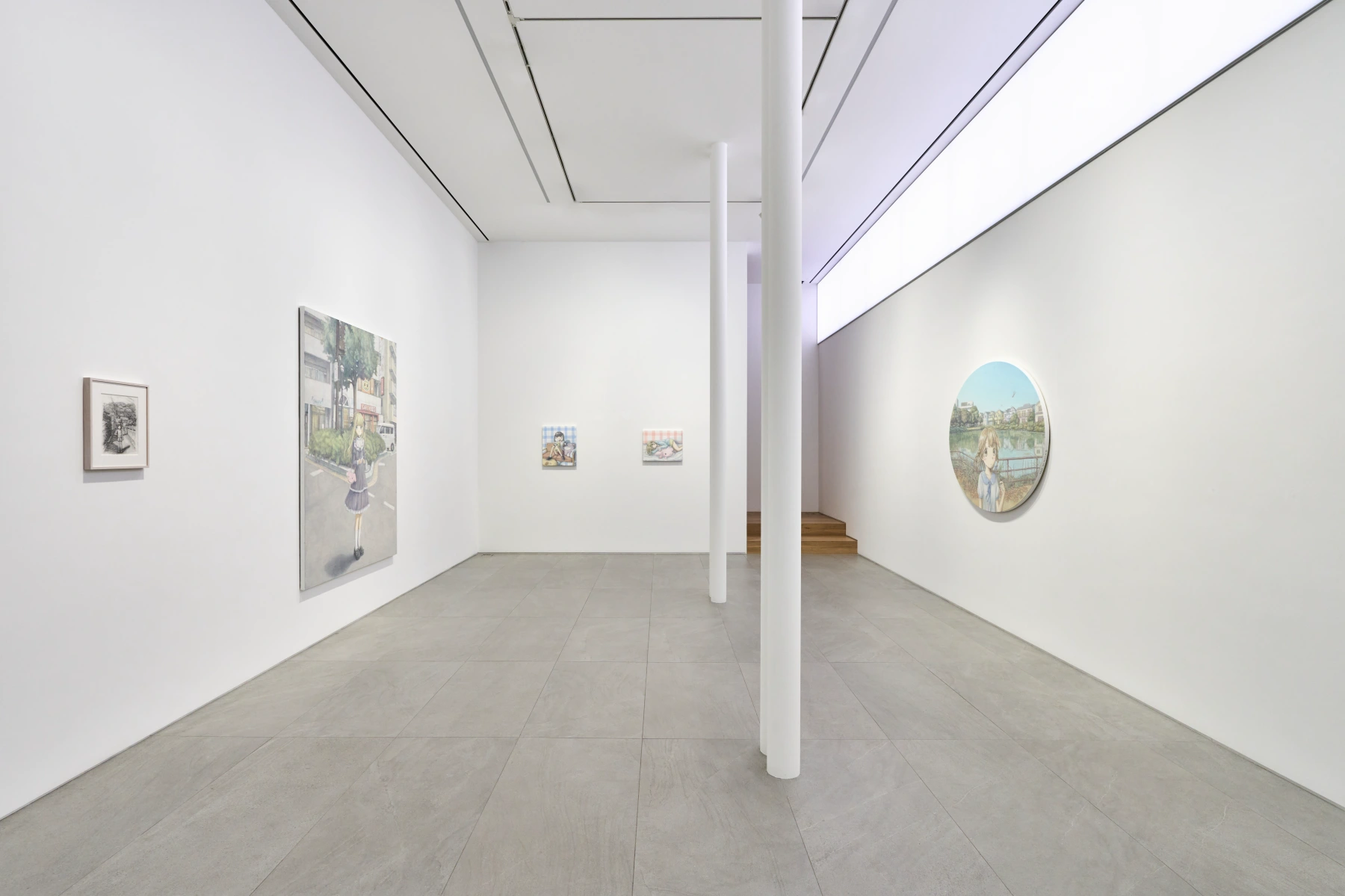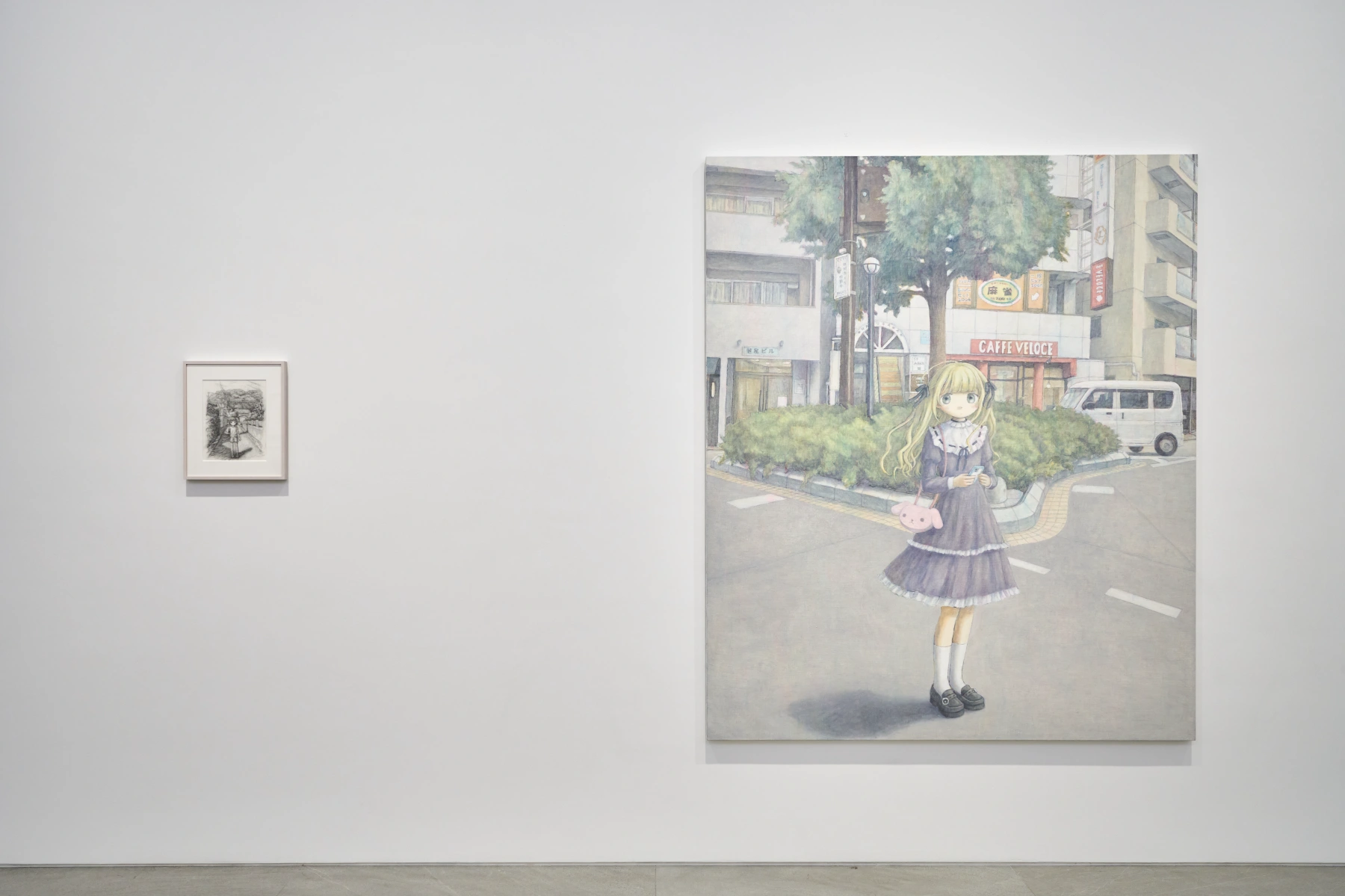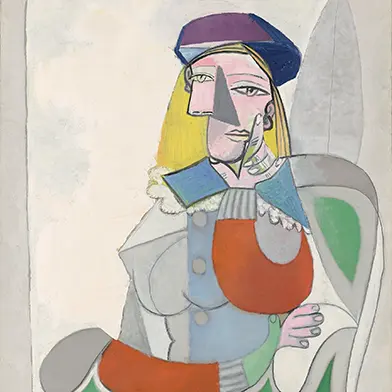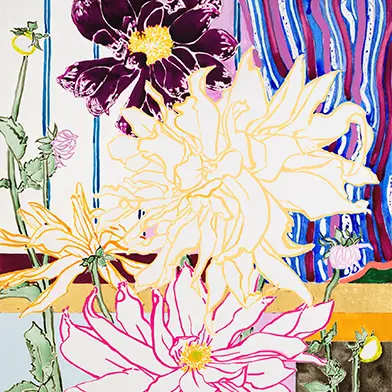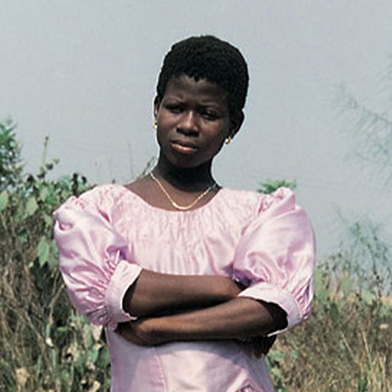Open: Tue-Sat 10am-6pm
10 Dosan-daero 45-gil, Gangnam-gu, Seoul, South Korea
Open: Tue-Sat 10am-6pm
Visit
Emi Kuraya: Happy Bunny
Perrotin Seoul, Seoul
Thu 13 Mar 2025 to Sat 26 Apr 2025
10 Dosan-daero 45-gil, Gangnam-gu, Emi Kuraya: Happy Bunny
Tue-Sat 10am-6pm
Artist: Emi Kuraya
Perrotin Seoul presents Happy Bunny, a solo exhibition by Emi Kuraya, a rising young artist from Japan. This marks Kuraya’s second solo exhibition in Korea, following her 2021 show at the gallery, offering an opportunity to explore a diverse selection of her works, including new paintings and drawings. Kuraya seamlessly blends a manga-inspired sensibility with painterly precision to delicately capture the subtle emotions of her characters. Through meticulous composition and refined technique, she portrays familiar urban landscapes and fleeting moments of adolescence, drawing viewers into the inner worlds of her subjects. Through this approach, the artist invites us to reflect on the quiet beauty found in everyday life.
If you find yourself drawn to Emi Kuraya’s artworks, there are several compelling reasons for this attraction: the charm of the fragile girls and their pets, the tranquil scenes depicting the grayish cityscapes of Tokyo and its environs, and the hazy atmosphere that evokes a sense of childhood nostalgia—all of which contribute to their appeal. The list goes on, but beyond these instantly recognizable features, her works carry a sense of subtle sobriety and realism that sets them apart from the typically saccharine anime-inspired paintings. Although depicted as manga heroines, Kuraya’s girls capture a sense of presence that allows viewers to reach into the nuanced emotions of their adolescent minds.
The art world is finally catching up with the once-neglected genre of comics: the Centre Pompidou in Paris recently hosted Comics 1964-2024, a spectacular show of international comics and animations, making these popular visual forms officially institutionalized. Listed as one of the best shows of 2024 by Artforum, not only does its success affirm this, but the venue of the show also solidifies the medium’s legitimacy in the artistic sphere. Just as photography was once a loyal aide to fine art, later turning into a critical medium in itself, comics have maintained a close tie with fine art since Pop Art—or even since the caricatures of Daumier—and have now found their way to artistic autonomy.
Unlike her predecessors from the 2000s, whose anime-inspired Superflat canvases primarily propagated bold, hard-edged, and bright-colored outlooks, what Kuraya assimilates into her canvas is the internal construct of manga narratives—the intricately contextualized circumstances such as locale, social status, relationship, and the subtle emotional agitation of the girl protagonists. In particular, the ineffable sensibility of girlhood—a complex combination of emotions like joy, sadness, loneliness, embarrassment, helplessness, and much more—defines Kuraya’s faint but richly loaded world. This partly social and deeply personal context—the petite bourgeois banality and the mentality of adolescence—is often densely packed and dramatized in the narratives of ‘shōjo’ manga or anime, the girls’ subgenre. It was once almost a national pastime for schoolgirls to binge-read weekly or monthly manga periodicals and watch TV animations and identify with and idolize the heroines. The fandom spread wide and far, possibly creating a basis for a shared emotional repository among impressionable audiences. It is this embedded collective memory and communal experience that Kuraya both draws upon and reminisces about, delicately incorporating them into the established traditions of drawings and paintings.
A girl in a school uniform walking to school, posing in casual outing wear at an ordinary street crossing, or sitting on a Ferris wheel across from a boy are all easily identifiable and thus true-to-life scenes despite their anime eyes and limbs. The familiarity of the scenes makes it easier for us to empathize and extend our curiosity to their everyday lives, like wanting to delve into a manga with your favorite character. In a sense, their make-believe reality is supported by our own memories of growing up in our radiant adolescent days—going to school, meeting friends, and getting excited for a first date. Kuraya evokes not a particular character or person but personifies certain emotional imprints we once had, reconstructing them with every possible detail she meticulously renders. The fashion, accessories, and even hairstyles are all thoroughly thought out to look natural: lightweight hooded zip-ups, pink sling pochettes with key ring decorations, bubble-shaped pastel bracelets, and even layered dark brown hair blown lightly by the wind. They are all specific items that define the studium of their teenage identities and evoke the punctum of our own reminiscences.
Presenting his case of studium and punctum, Roland Barthes writes about a studio photograph of a Black American family in their Sunday best by James Van der Zee. Barthes finds the studium in Black family life and their effort toward social advancement, an urge to be accepted into the White man’s world. He identifies the punctum, the more specific and subjective detail, as a pair of strapped pumps—Mary Janes, typically worn by schoolgirls in uniform—worn here by a grown-up woman. Barthes picks up this unremarkable detail and contemplates why this dated fashion intrigues him while feeling great sympathy and tenderness. Barthes projects his insight onto an unsuspecting item, tracing it back to his own history, common sense and experiences.
In Kuraya’s girls, too, every detail reveals the girls’ taste, priorities, social strata, and, by extension, their insecurities and worries. Some look happier than others, and some look blank or numb. Slowly, we begin to project our experience of youth onto their attire, poses, and expressions—just as Barthes did—and then we may begin to see the complexity of their existential reality, like the troubles, the blues, and the sadness seeping through their blank eyes.
Understanding the landscape of each scene is also crucial when approaching the girls as it serves as the backdrop of these narratives. They almost always stand in the open air, revealing their zones of public life. They often pose alone in the middle of a sparsely populated quiet residential area—such as Cat-ear Beanie (2023), Street Corner (2024), and School Bag: I (2024)—or sometimes with other pedestrians against rows of commercial buildings—as in City Lights (2025). On some occasions, the background appears more photographic as an image compared to the depiction of the girls, as if it were a scene from a Mamoru Hosoda anime where the visual reality of the mise-en-scène enhances the veracity of the narrative.
In Kuraya, the settings, such as modest townhouses with pruned roadside bushes or city streets packed with commuters absorbed in smartphones, reflect the kind of normalcy and mundanity that she bases her stories on—the girls going out and coming back to the familiar address as daily rituals. The clean and calm residential areas and the generic yet specific portrayal of the streets make the scene both utopian and dystopian: it promises the persistence of everyday life where people perform daily tasks undisturbed, but the very calmness also suggests that there is no way out of this tranquil reality.
The concept of “endless everyday” (owarinaki nichijō), coined by Shinji Miyadai—a Japanese sociologist specializing in Otaku culture—is one way to read Kuraya’s settings; an infinite loop of repetitious daily life is a common background for the classic manga series such as Doraemon, where childish episodes in an unperturbed suburban town continue ad infinitum, literally for decades in print and on TV, without the child protagonists growing old or facing fatal incidents. Miyadai sees such a peaceful everyday setting as a result of social stability in post-war Japanese society and suggests that, ironically, it instills the claustrophobic and eschatological attitude, which remains dormant in the quiet mundane. Kuraya’s girls stand staring out from the scene, as if demanding us to either join them or free them from their endless everyday life.
Some girls are caught in the middle of small out-of-the-ordinary moments. In Blue Hawaii Shaved Ice (2024), a young girl holds a cup of shaved ice at a street fair; Ferris Wheel: Girl (2023), paired with Ferris Wheel: Boy (2023) captures a private moment during a date at an amusement park. The detailed depictions of festivalgoers, street signs, and the view of a factory from the Ferris wheel cabin suggest us their return to everyday life following this brief but blissful moment of escape.
Kuraya’s beautifully light and airy but vivid and intricate control of oil paint only adds to the frailty and dreamy quality of the overall effect. The lightness of her touch arrives not only from the casual content of the theme, but also shares the characteristic traits of manga drawings Kuraya has been working on since prior to her formal training as a university art student. The hybridity inherent in her style is proof of the innovative potential of the centuries-old classic medium of painting, as well as Kuraya’s willingness to step beyond her comfort zone and venture into the next platform.
An aspiring manga professional turned rising star painter, Kuraya creates an oeuvre that revives the classic role of figure painting: to bear witness to and preserve the contemporary worldview and emotions as a next-generation artist. Her works not only draw attention to the calm, quiet beauty of daily life but also open our eyes to the myriad indescribable emotions within us—a timeless role for painting.
Shinyoung Chung
(Assistant Professor, Seoul Women’s University)
